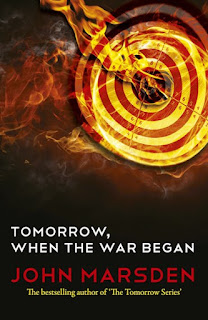Classic Australian Children's and YA Novels #2: The Getting of Wisdom

Set in the 1890s, this is one of few novels about a girl’s maturation that has come to be understood as a “classic”. State Library of Victoria From David Copperfield to Holden Caulfield, most canonical coming-of-age novels depict boys becoming men. Jane Eyre’s traumatic journey to adulthood is considered a female version of the Bildungsroman , or novel of development. Yet books about girls are most commonly seen as only weighty enough for girls themselves to read. Henry Handel Richardson’s The Getting of Wisdom is remarkable because it is one of few novels about a girl’s maturation that has come to be understood as a “classic” and also because it is ultimately a girls’ school story. HG Wells, who described the protagonist Laura Tweedle Rambotham as “an adorable little beast”, considered the book to be the best school story he’d ever read. But was Wells paying Richardson a great compliment? The genre of school stories is maligned and rarely considered as literature. The schoo
